Earth Day 2020 was supposed to be the largest youth-led climate change action event yet—a nationally-coordinated but locally-oriented series of marches and rallies taking place April 22 to April 24, for the holiday's 50th anniversary.
But as the coronavirus outbreak turned into a full-fledged pandemic in mid-March, it became clear that large gatherings were not going to happen. On March 13, the Youth Climate Change Coalition asked the hundreds of events already registered across the country to "no longer mass mobilize physically."
Katie Eder, the 20-year-old Executive Director of The Future Coalition and coordinator of the U.S. Youth Climate Strike Coalition, says that the sudden shift gave organizers "a forced opportunity to reimagine social movements in the digital age." They would have to come up with new and creative ways to mobilize online.
Perhaps unsurprisingly, youth organizers rose to the challenge. In a mere few weeks, Earth Day Live was born. The new event will be a three-day livestream that will bring together activists, organizers, thought leaders, performers, and artists from around the world. Eder describes Earth Day Live as "three days of inspiration, education, and action that's really going to ground us in this current moment of COVID—and bring people, hopefully, some community and unity in this hectic time."
In addition to centralized events online, Earth Day Live offers opportunities for localized action (from home, of course), with hundreds of digital events in hundreds of locations, such as online town halls, wildlife sanctuary virtual tours, film festivals, and more. (Go here to see the interactive map of what's happening where.)
Eder says one primary goal of the event is to offer people a hopeful vision of the future we can build together. "It's not just one with cleaner air or cleaner water," she says. "It's one where people are treated better and treat each other better, and care more about one another and the climate."
Regardiing the pandemic, Eder says, "We have to use this as a wake-up call, and make sure that as we rebuild from COVID we're doing it in a way that's going to protect humanity and the planet for decades to come."
"We're going to have to recover either way," she points out. "Are we going to recover using old tactics, where we're putting wealth and power above people and their needs? Or are we going to reframe our values and recover in a way that's going to put people and the planet first?"
Eder says that just as the New Deal helped pull the U.S. out of the economic depths of The Great Depression, the framework of policy offered by the Green New Deal can help the country recover both economically and environmentally. However, she points out, "The goal of social movement isn't necessarily policy. We are obviously wanting to inform policy, but that's left up to the politicians. Our job, when it comes down to it, is changing hearts and minds."
Changing hearts and minds is no small feat under the best of circumstances. Figuring out how to do that during a global pandemic that's creating fear, uncertainty, and economic hardship is especially challenging.
However, agility and flexibility are hallmarks of youth that will serve them well as they work out how to mobilize in this strange new age. The youth climate movement had already started to become more organized and cohesive within the past year. Greta Thunberg's Fridays for Future school strikes ignited an inferno of youth activism around the globe, which resulted in grassroots organizations rising up worldwide. The Youth Climate Strike Coalition was formed for last year's Global Climate Strike to bring various groups together to learn, collaborate, and share resources.
However, the pandemic means that climate activists will have to figure out a whole new way to do social activism. And as Eder points out, there's no historic playbook for this:
"Our tactics as a movement come from the Civil Rights movement, they come from the suffrage movement, they come from movements that were built in times when there wasn't social media and iPhones and computers and internet. None of these things existed, and so our playbook is, frankly, very outdated. And nobody has really that successfully figured out how to harness social media to create true political change. I think people have figured out how to use it as an aid, to amplify, but we haven't yet figured out how to use social media itself to really move the needle.
But now that we're forced to JUST do that, I think it's posing us a challenge of essentially redefining what social movement looks like and organizing looks like in the 21st century. Because literally no one has ever had to do this before. We don't have anything to go off of. We don't have any example to look to. We just have to basically build the ship as we sail it."
If history teaches us anything, it's that youth are primed for such a challenge. Let's all do what we can to support their efforts.
















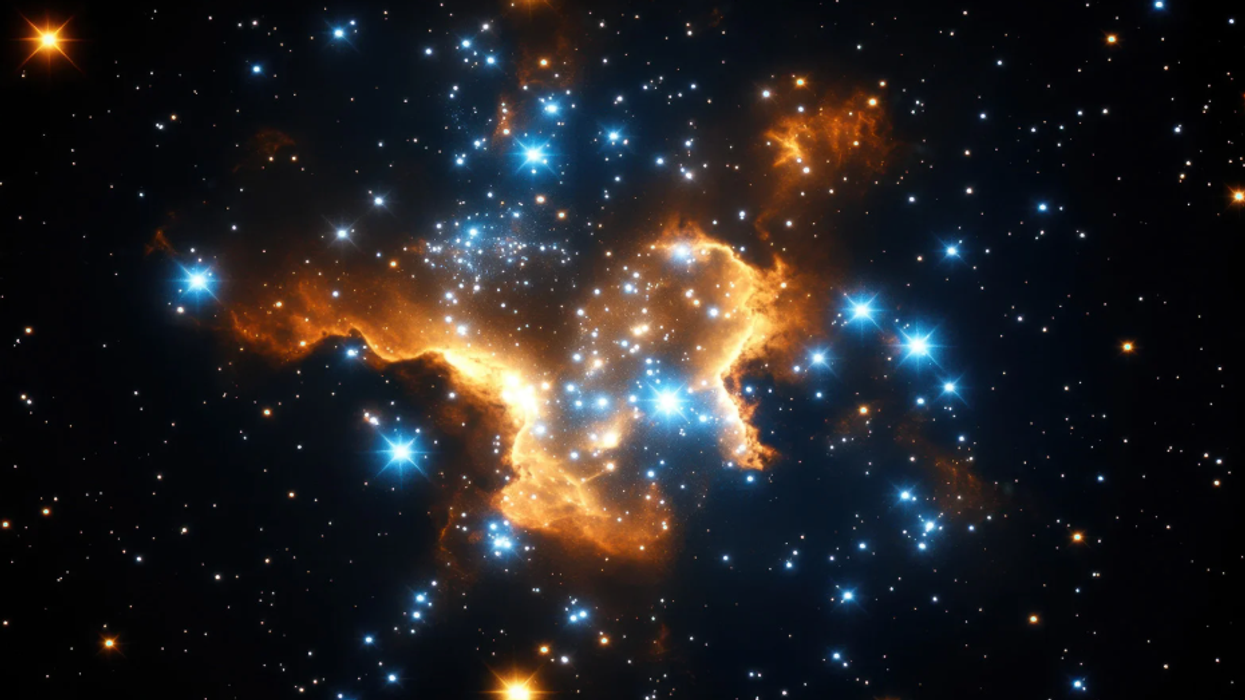
 Image artifacts (diffraction spikes and vertical streaks) appearing in a CCD image of a major solar flare due to the excess incident radiation
Image artifacts (diffraction spikes and vertical streaks) appearing in a CCD image of a major solar flare due to the excess incident radiation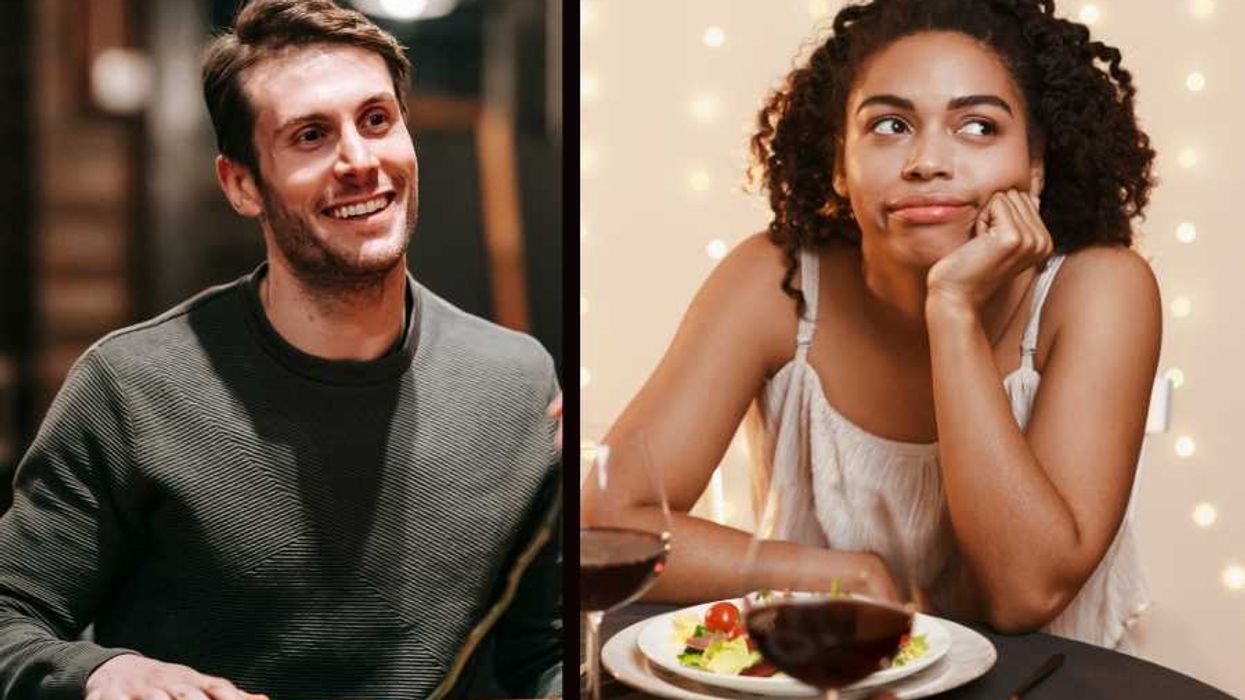

 Ladder leads out of darkness.Photo credit
Ladder leads out of darkness.Photo credit 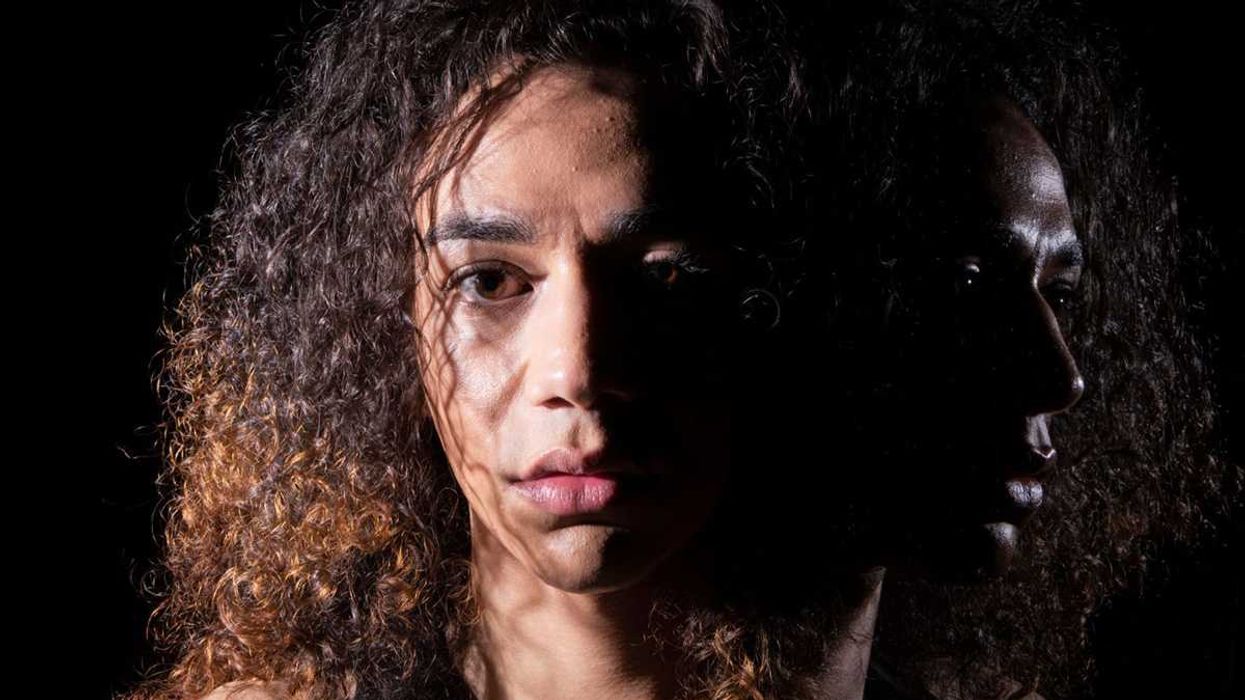 Woman's reflection in shadow.Photo credit
Woman's reflection in shadow.Photo credit  Young woman frazzled.Photo credit
Young woman frazzled.Photo credit 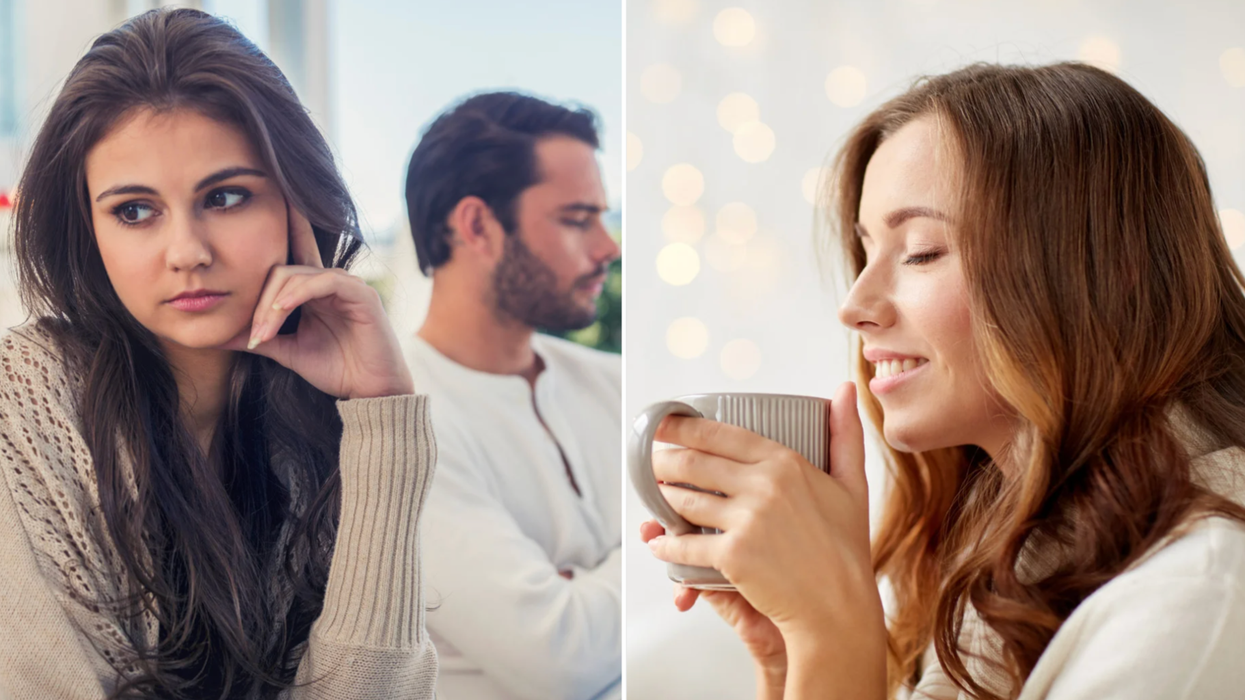
 A woman looks out on the waterCanva
A woman looks out on the waterCanva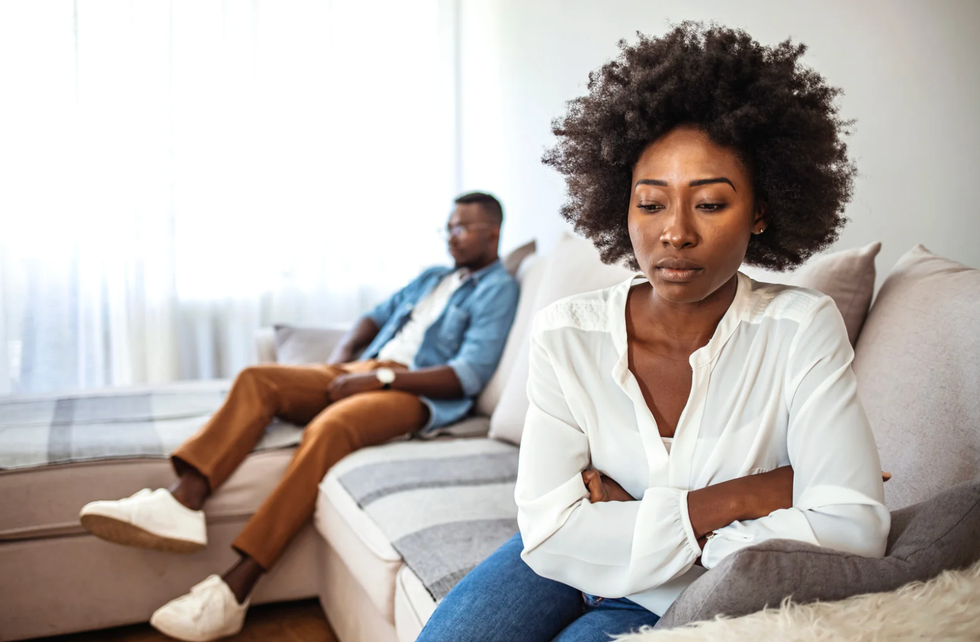 A couple sits in uncomfortable silenceCanva
A couple sits in uncomfortable silenceCanva Gif of woman saying "I won't be bound to any man." via
Gif of woman saying "I won't be bound to any man." via  Woman working late at nightCanva
Woman working late at nightCanva Gif of woman saying "Happy. Independent. Feminine." via
Gif of woman saying "Happy. Independent. Feminine." via 
 Yonaguni Monument, as seen from the south of the formation.
Yonaguni Monument, as seen from the south of the formation. 
